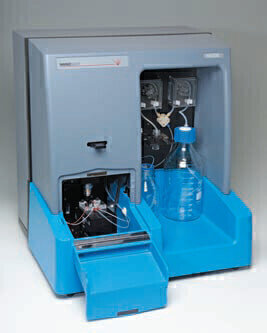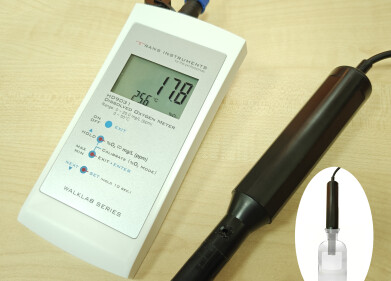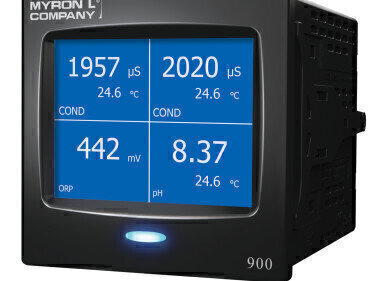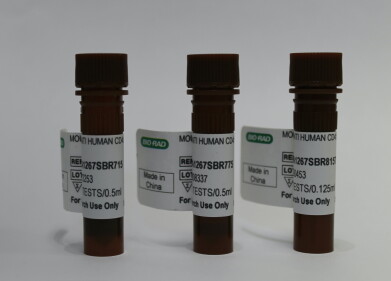Laboratory Products
Radboud University Applies Nanoparticle Tracking Analysis to Study Molecular Machines
May 09 2012
In exciting new studies involving structured nano-engines for transporting drug packages around the human body, researchers at Radboud University, Nijmegen, the oldest city in The Netherlands, turned to NanoSight’s nanoparticle tracking analysis in order to trace movement of these sub-micron rockets. Dr Daniela A Wilson, from the Institute for Molecules and Materials (IMM), described the work of the group. “Making a nanomotor has been a dream of many researchers in nanotechnology. From molecular machines to micron size self-propelling rods, our team has used a combination of bottom-up or top-down approaches taking years off synthetic work. We applied self-assembly as a tool just like the pieces of a puzzle. The only difference is that we allowed the building blocks make itself to form 350nm sized motors. The next step was to prove the concept. Having constructed these sub-micron sized nanomotors, we could not use conventional microscopies to visualise them. For 350nm size particles, we required a special technique and this is how we have come to be users of the NanoSight technique of nanoparticle tracking analysis, (NTA). This tracks the motors one by one (in effect, particle-by-particle). We could even analyse their movement after the addition of their fuel (hydrogen peroxide).”
Dr Wilson continued: “Knowing the particle size was very important to establish the size distribution of our self-assembled nanomotors as well the entrapment of the catalytic particles inside the bowl shape structures. However, even more important for us was the ability to track the movement of the motors in the presence of the fuel. This provided the definitive proof of directed motion resulting from the fast discharge of oxygen.” NanoSight uses real-time tracking and scattering information to provide the size of the particles as well as giving information about the purity of its components. Different refractive indexes materials within the same colloidal distribution will give different scattering and therefore the group is able to use that information to assess the purity and distribution of complex mixtures.
Digital Edition
Lab Asia 31.2 April 2024
April 2024
In This Edition Chromatography Articles - Approaches to troubleshooting an SPE method for the analysis of oligonucleotides (pt i) - High-precision liquid flow processes demand full fluidic c...
View all digital editions
Events
May 14 2024 Oklahoma City, OK, USA
May 15 2024 Birmingham, UK
May 21 2024 Lagos, Nigeria
May 22 2024 Basel, Switzerland
Scientific Laboratory Show & Conference 2024
May 22 2024 Nottingham, UK












.jpg)





